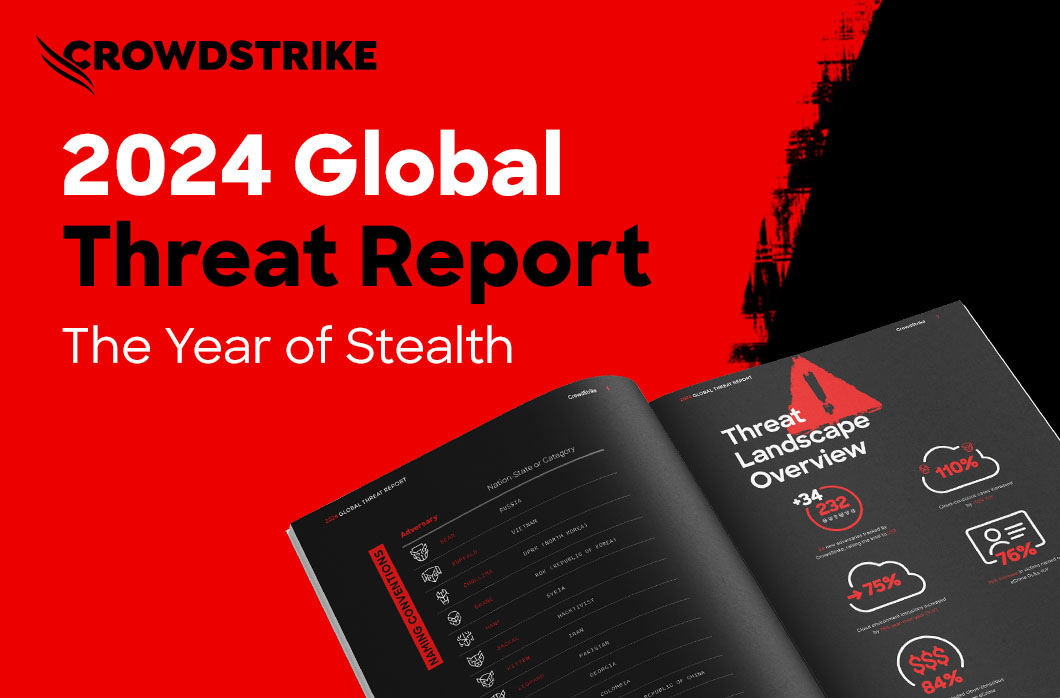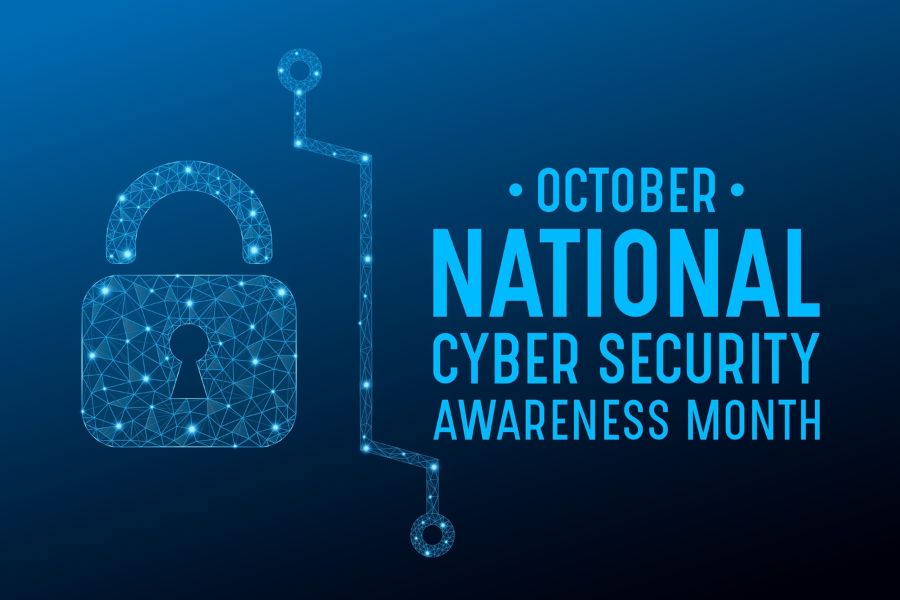What is API Security? Why API Security is Important?
June 7, 2023, 7 min read
In recent years, businesses have increasingly relied on APIs to create their own products and services for use on the web and mobile devices. This is hardly surprising, given that APIs enable developers to incorporate any cutting-edge technology, thus delivering the desired functionality to the end user. The RapidAPI survey reveals the growing popularity of APIs, with businesses across various industries prioritizing participation in the API economy. The pandemic caused many businesses to speed up their efforts to become digital. In this article, we explained why API security is important, and, more specifically, how to ensure API security.
Accelerating the Adoption of APIs
Because of this release, the attack surface for APIs is much larger, and more attacks are possible. What is API security, and why is it so important?
It is the crossroads of three major facets of safety:
The Intersection of Security Domains for API Protection
Content validation, access control, rate limiting, monitoring & analytics, throttling, data security, and identity-based security are all aspects of API security.
A secure API protects the privacy of the message it processes by only making it accessible to the authorized software, users, and servers involved in the transfer. In a similar vein, it ensures the message’s integrity by ruling out any post-transmission alterations.
Businesses rely more on APIs for web and mobile product/service creation. APIs facilitate the integration of cutting-edge tech, delivering desired functionality to users.
The RapidAPI survey confirms the rising popularity of APIs. Joining the API economy is now a top priority for businesses across various sectors.
The pandemic caused many businesses to speed up their efforts to become digital. Iddo Gino, CEO of RapidAPI, explains why this trend of increasing spending on software development and, more specifically, the API economy makes sense.
When it Comes to APIs, Why is Safety so Crucial?
Businesses rely on APIs to link their systems together and share information. If an API is vulnerable, exposed, or hacked, it can compromise sensitive information such as medical records, financial records, and/or personal information. Because of this, API security must be a top priority during the RESTful API design and development process.
Furthermore, it is crucial to recognize that backend system breaches are not the sole means by which APIs can be abused. The security of an API is compromised when it becomes vulnerable to a range of different attacks.
For instance, a Distributed Denial of Service (DDoS) attack can either completely disable an API endpoint or significantly slow it down. Competitors and data aggregators may steal data from an API that provides it. Stock depletion attacks can compromise an online store’s application programming interface (API). Continue in this vein.
API security is challenging for many reasons, not the least of which is the wide variety of possible attacks. API security is of paramount importance to modern businesses due to the proliferation of microservices and serverless architectures.
The protection of information passed between clients and servers over an open network is the focus of API security.
Businesses rely on APIs to link their systems together and share information. If an API is compromised, exposed, or hacked, it has the potential to leak sensitive information such as financial or personal details. Therefore, prioritizing safety is crucial during the creation of RESTful and other APIs.
Backend security flaws can compromise an API’s usability and integrity. All data and functionality provided by the API could be at risk if an attacker compromises the API provider. Attackers can exploit APIs through malicious requests if developers do not properly code and protect them.
A DoS attack, for instance, can bring an API endpoint online or drastically reduce performance. APIs are susceptible to abuse by hackers seeking to extract data, even by surpassing bandwidth limits. It is possible for more sophisticated attackers to inject malicious code to perform unauthorized operations or compromise the backend.
APIs are essential to the operation of nearly every enterprise app in this age of microservices and serverless architectures. Because of this, protecting APIs is crucial in the age of ubiquitous connectivity and cloud storage.
How Does API Security Differ From That of a Typical Application?
Some of the main features of classic API security are as follows:
Network setups resemble castles, featuring moats and drawbridges, with clear boundaries. Access or denial at this boundary helps determine if a requester is malicious. Static protocols for incoming requests facilitate the implementation of web application firewalls (WAF) by administrators to ensure compliance.
WAFs identify clients as bots or emulators if their browser environment cannot be verified. In a typical network, WAFs analyze incoming requests to prevent cross-site scripting attacks (XSS). They can also detect Distributed Denial of Service (DDoS) attacks by monitoring traffic surges from a single IP address.
Differentiating features of API security from more conventional methods include the following:
The traditional network lacks a moat and has numerous doors, requiring security measures. Initially, only commonly used ports like 80 (HTTP) and 443 (HTTPS) required protection. Multiple API endpoints, often utilizing multiple protocols, are commonplace in modern web applications. A single API can make security challenging because of the natural growth of APIs.
Most WAFs are not flexible enough to handle the ever-changing request formats that come with APIs in a DevOps environment. When updating an API, retrieving and reconfiguring the traditional security tools is necessary, which can be a time-consuming and error-prone process. Native and mobile applications, as well as other services and software components, often access service or microservice APIs instead of web browsers. As a result, web security tools cannot utilize browser verification on these types of clients. Excluding automated traffic from API endpoints is typically challenging for solutions that rely on browser verification to detect malicious bots.
Multiple Layers for Application Programming Interfaces
As was just mentioned, protecting APIs can cover a lot of ground. To achieve a high level of protection, APIs need multiple layers of protection, each focusing on a different aspect of security
Discovering APIs
When you don’t know about something, you can’t protect yourself from it. There are a lot of roadblocks that prevent security personnel from seeing all APIs used by their company. For starters, there are API silos, which were covered in the prior section. Due to disconnected API governance and incomplete API lists, API silos reduce API discoverability.
The rogue or shadow API is another barrier to API discovery and use. Developers refer to the situation when they build an API into an application but keep it hidden from view and limit its knowledge to a select group of developers as a shadow API. Since security professionals cannot see the implementation details of shadow APIs, they are unaware of them.
Finally, APIs have their own distinct lifespan. As time progresses, API providers make changes to their APIs, introduce new versions, and sometimes deprecate certain APIs. API providers keep deprecated APIs operational for a certain period to maintain backward compatibility. Over time, as these APIs are used less frequently, they gradually fade into obscurity or become less prominent.
API providers and hackers are currently racing to discover APIs. Once hackers find APIs, they can exploit them. To prevent exploitation, you can proactively find your APIs by mining the metadata of API traffic. Collect data from API gateways, load balancers, or inline with network traffic, and then feed it into a specialized engine. This engine generates a report on the most efficient APIs and enables comparison with API management layer catalogs.
API Access Management with OAuth
To ensure authorized access to API features, it is necessary to identify both the user and the application they are using. In API calls from client-side applications, tokens are commonly used for authentication and to provide the required user data to the service. Client applications obtain token access in accordance with the OAuth specification. OAuth defines several grant types that accommodate various use cases and user interactions. This developer guide to OAuth 2 provides an in-depth explanation of the many possible OAuth flows.
Tokens allow for the application of rules governing access based on the token’s arrival. To determine whether to allow the app or user to make a specific API call, you can utilize a rule as a decision-making mechanism.
Rules are defined and managed with policy definition tools, and they must be enforced at runtime with a policy enforcement layer. The following factors are considered by these rules
- The identity of the user and any claims made about them
- The token’s associated OAuth and application scopes
- In this case, the queried items or accessed materials
- The user’s desired level of anonymity
Access control across API silos in a heterogeneous environment requires processes and integration.
Conclusion
API security plays a vital role in protecting sensitive data and ensuring the integrity of digital ecosystems. As organizations increasingly rely on APIs to share information, it becomes crucial to safeguard these interfaces actively. To prevent unauthorized access, data breaches, and malicious attacks, organizations need to implement robust mechanisms for authentication, authorization, encryption, and monitoring. Implementing comprehensive API security practices fosters trust, enabling businesses to thrive in a connected digital landscape while upholding confidentiality and availability.































